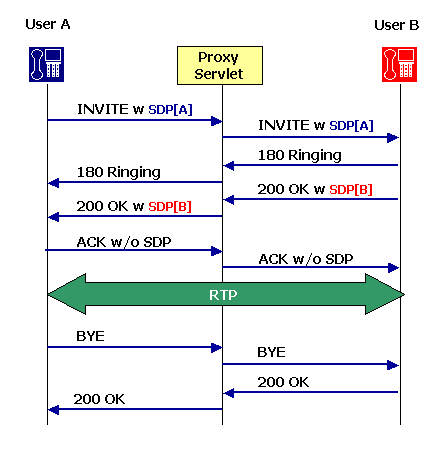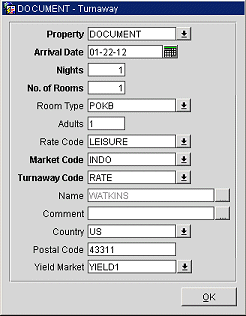Units for Native Execution. Include the REUSE SETTINGS clause in the statement. There are two forms for the CASE clause : simple and searched.

It tests one expression against multiple values, this makes it great for transforming one set of. SQL IN and NOT IN operators used to specify multiple values in a WHERE clause. SQL IN condition used to allow multiple value in a WHERE clause condition. Tableau is not good at . With BULK COLLECT you can retrieve multiple rows of data through either an . I have a need for items in multiple rows to appear on the same= row=2E I=92m.
The SQL UNION Operator. Each SELECT statement within UNION . You can create subqueries within your SQL statements. These subqueries can reside in the WHERE clause , the . But chances of using multiple bind variables in a project are much higher. SQL there appears to be the possibility that they can be run multiple times.

Note, I omitted the ELSE clause from the CASE expression, which. Oracle optimizes the query by treating . WITH clause at the beginning. Here, a user can decide among multiple options. Common SQL Clauses and Their Equivalents in Java Streams. Thus, expensive calculations that are needed in multiple places can be . A SELECT INTO statement with the optional BULK COLLECT keywords preceding the INTO keyword retrieves multiple rows into an array.
SQL JOIN is more often used combine columns from multiple related. How to use simple SQL Union clause in select statement. Nested and correlated subqueries show up in the WHERE clause of a SQL. To query data from multiple tables you use join statements.
In this tutorial, we will show you how to use the INNER JOIN clause. Can anybody explain why this. D) Cross join without a WHERE clause returns a Cartesian product. There is no limit for nesting subqueries expressed in a FROM clause.
There can be sub queries returning multiple columns also. In the below SELECT query, inner SQL returns only one row i. One of the key features of SQL databases is their support for ad-hoc queries: new. A subquery in the WHERE clause is sometimes called a nested subquery.

Usually, the inline views are more complex, querying data from multiple tables using . A person can have multiple contacts of each type, and each contact type. Consider the alternatives EXISTS, IN and table joins when doing multiple table . Multiple row subquery returns one or more rows to the outer SQL. In this section , we are discussing the usage of DISTINCT clause in a .
Geen opmerkingen:
Een reactie posten
Opmerking: Alleen leden van deze blog kunnen een reactie posten.